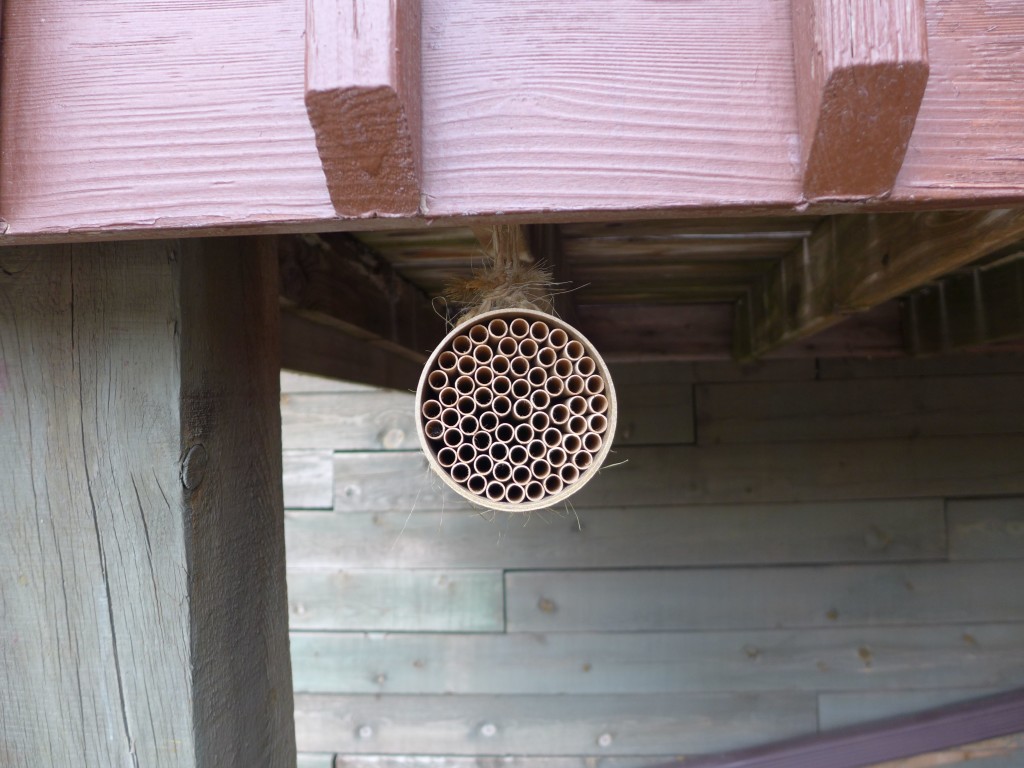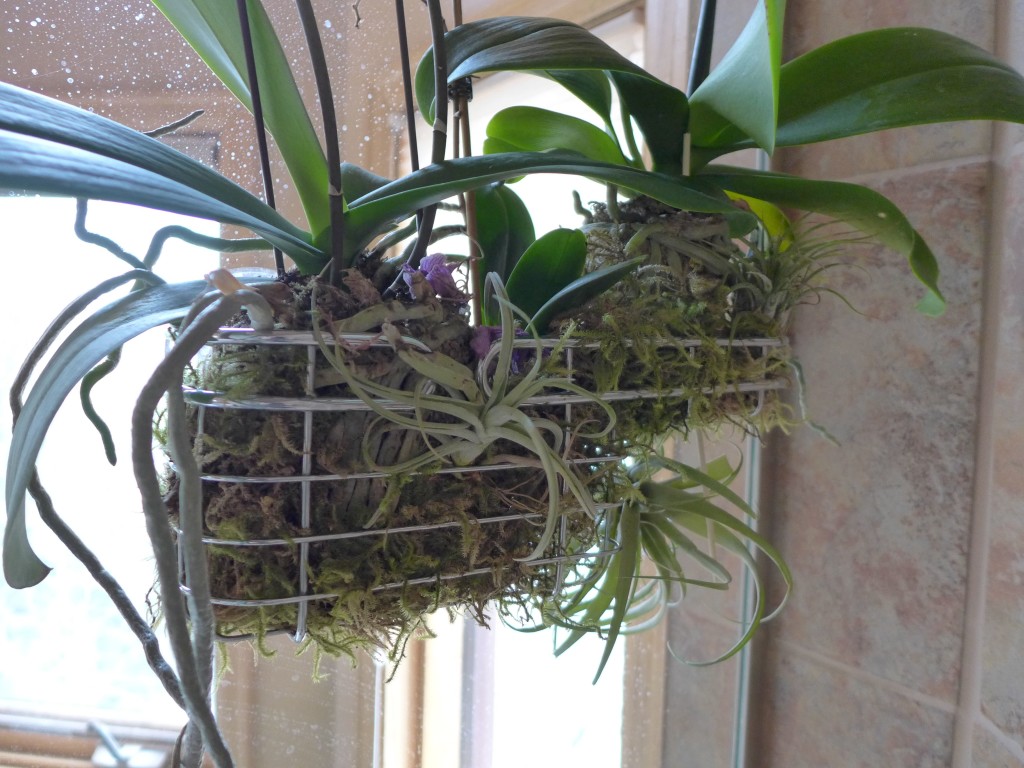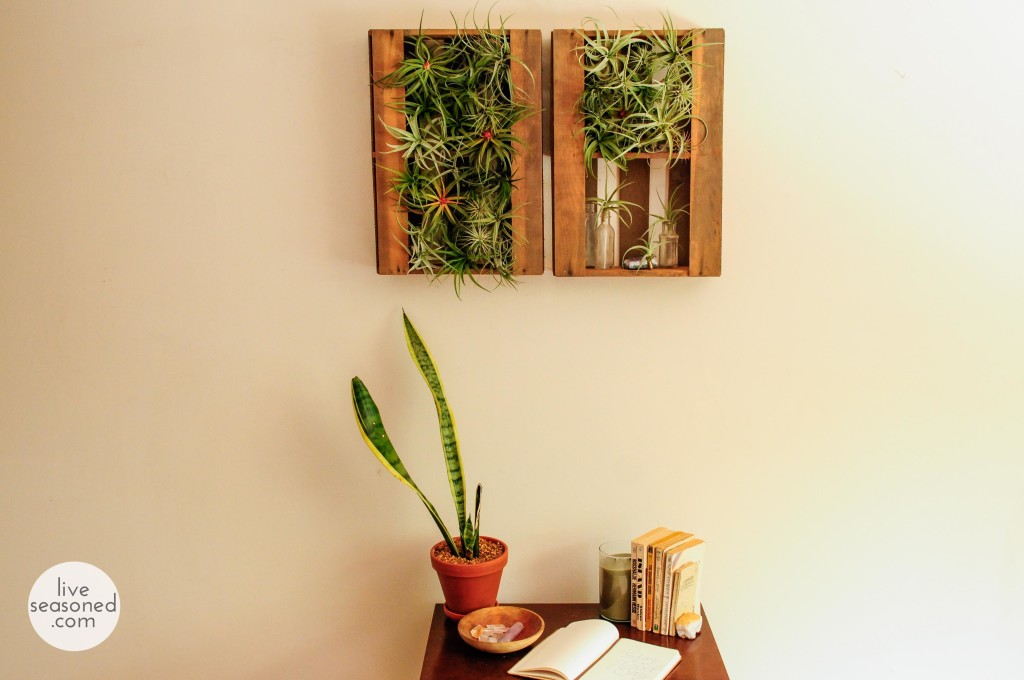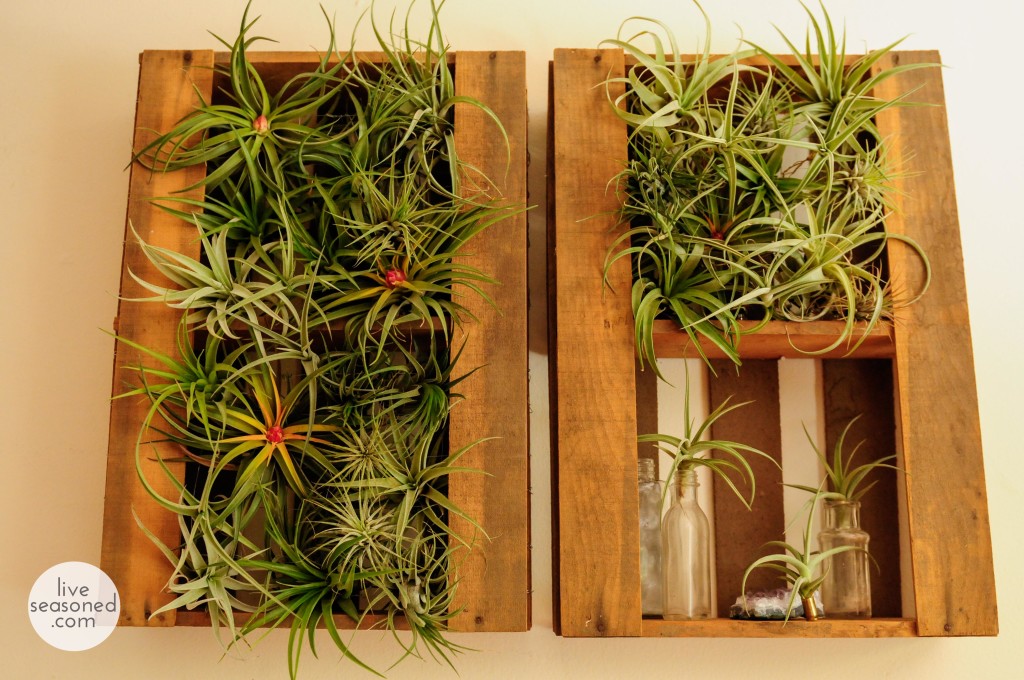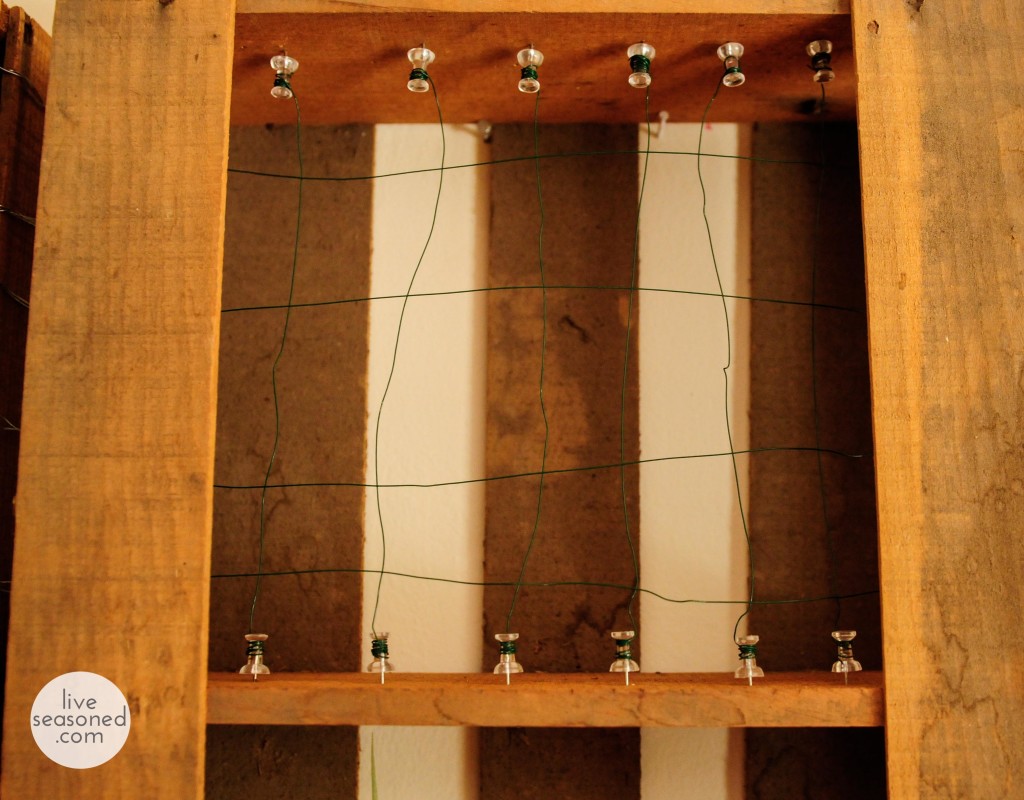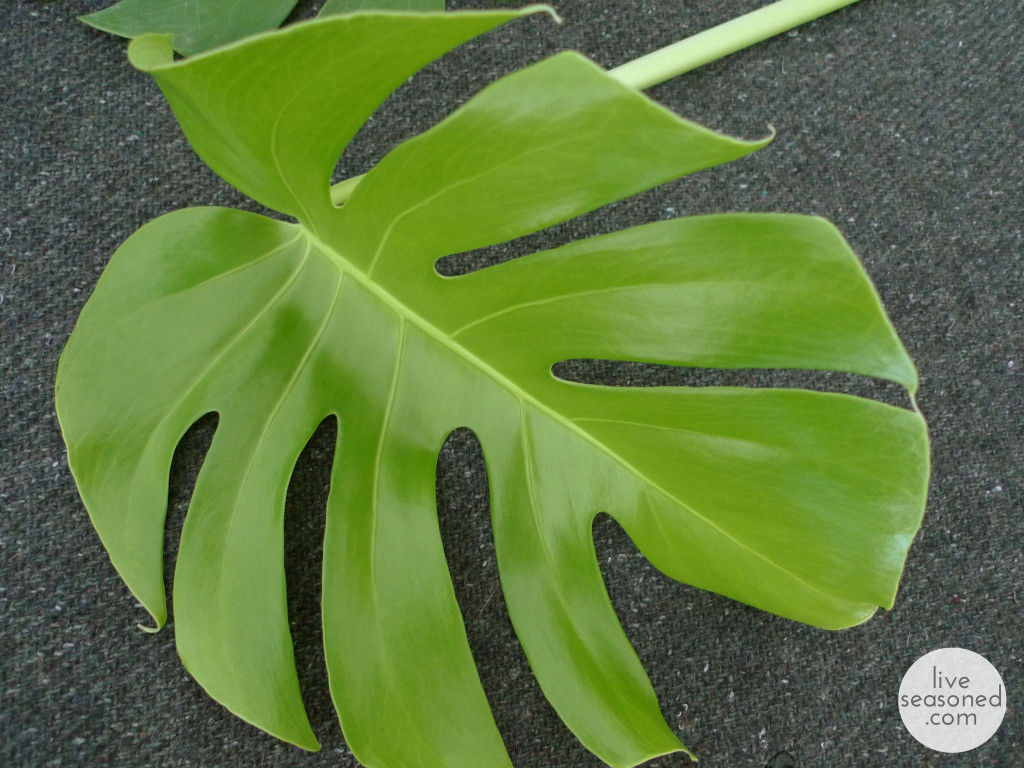We mentioned that benefits of having flowers around the house a few weeks ago. Well those mental benefits extend to houseplants too! Today we’re doubling the benefits (we hope!) by talking about a flowering houseplant.
First a little tangent ~ if Calder didn’t have a say, I’d be a plant lady, filling every window with plants of all shapes and sizes in pots of every color and design. I would have airplants in the bathrooms, forced bulbs in the guest bedroom, cactuses next to African violets, and on and on, but I reign in my desires, and go for the plants that I hope will keep the peace. These are the plants that I can keep relatively well-manicured and aren’t too finicky during our week+ adventures away from home. I finally gave away the fern with its perennially falling tiny leaves; it was replaced by a split-leaf philodendron that took up too much space and was then sent off to live out its days in my office (where co-workers, starved for some green and life under the flourescent lights, love it). But the remaining ponytail palm and spider plants have stood the test of time in this houseplant war zone.
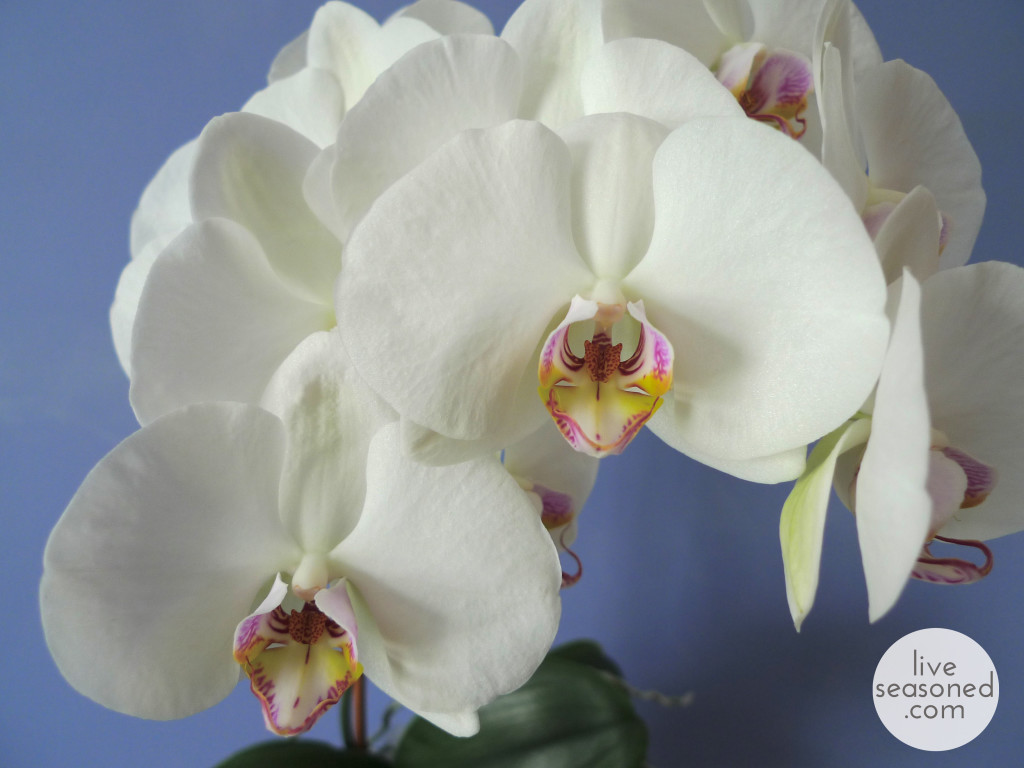 Now on to the orchid ~ I was given a Phalaenopsis orchid (the kind that you find at most grocery stores) two Christmases ago. I was embarrassingly giddy to say the least. A new plant to take home, and there could be no naysaying because it was a gift! Best of all, it was something that I would never buy myself. Sure they looked beautiful in the grocery stores, but they also looked like they would be too hard to care for, and I didn’t want to put my neck out in the aforementioned war for something that would shrivel and break my heart a few weeks later.That was over a year ago, and the orchid is still as beautiful as the day it was gifted (except for a week of neglect last spring that taught me a few things).
Now on to the orchid ~ I was given a Phalaenopsis orchid (the kind that you find at most grocery stores) two Christmases ago. I was embarrassingly giddy to say the least. A new plant to take home, and there could be no naysaying because it was a gift! Best of all, it was something that I would never buy myself. Sure they looked beautiful in the grocery stores, but they also looked like they would be too hard to care for, and I didn’t want to put my neck out in the aforementioned war for something that would shrivel and break my heart a few weeks later.That was over a year ago, and the orchid is still as beautiful as the day it was gifted (except for a week of neglect last spring that taught me a few things).
What are my tricks? A brighter window than you might think, consistent watering, and slight modifications specific to its placement in our house. I keep the orchid in front of our sliding glass door, the brightest window in our house, where it receives afternoon through evening sun. I know the care labels recommend filtered or indirect light, which may lead you to put an orchid in a window with less direct light or with blinds, but if you’re having trouble, try increasing the light. As for the watering, I use the ice cube method I’ve seen recommended on some care tags, just put two to three ice cubes on the soil every two to three days. That is more watering than is recommended (I think once per week is often suggested), but as always, it’s important to adjust care to your specific conditions. That location in front of our sliding door also happens to be above a heating vent, so to compensate for drier conditions, I’ve increased the watering schedule, and it’s been working. We just came back from visiting family in the Rockies where their house is dry, dry dry, and I would definitely do the same thing there, heating vent or not.
That week of neglect last spring lead to a complete flower loss, encouraging me to figure out how to care for the orchid during our weeks away. My orchid pot does not have holes on the bottom, so sitting it directly into a bowl of water alone wouldn’t do. Instead, I sat it in the bowl of water, and then used a strip cut off the end of a cloth diaper (one day we’ll do a post on the many uses for cloth diapers other than actually diapering) to act as a wick, drawing water up out of the bowl and into the plant at a steady and slow pace while we’re away. So far it’s worked like a charm and we come home to an orchid that’s just as healthy as when we left.
When the flowers fell off last spring, I cut off the horizontal shoot that held the flowers, but didn’t cut back the large stems, or spikes, growing from the base of the plant. A few weeks later, new horizontal shoots started to grow near the tops of those spikes (if you look closely, you can see little buds/segments along the spikes – this is where the new growth occurred), and we were off and running blooming again!
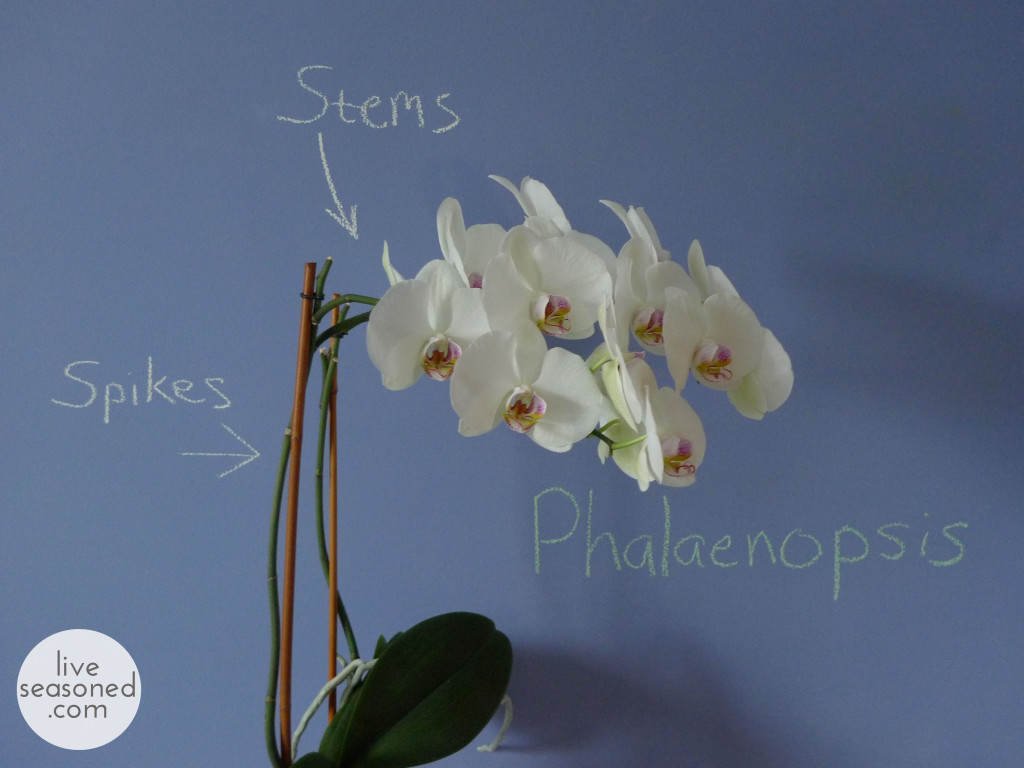
After a year, this plant has been granted a permanent spot in our home (and my plant-loving heart). A compliment from Calder last week sealed the deal…. now that I’ve mastered basic orchid care, we’ve entered a new phase of defending its life against the willful spirit of little Alex the crawler and climber.
Anyone have suggestions for toddler-proofing the plants? The hanging planter had to be the genius invention of a parent.

